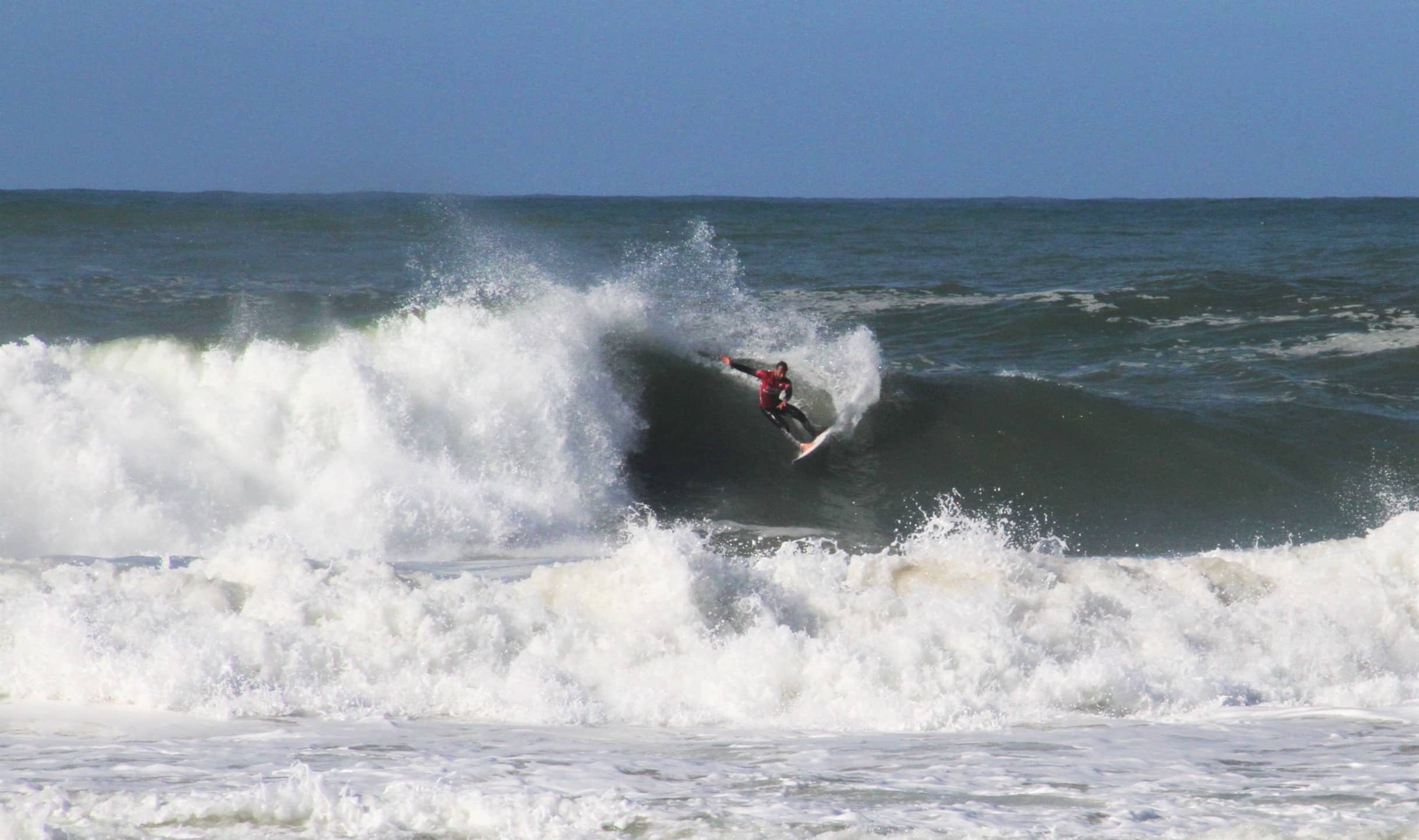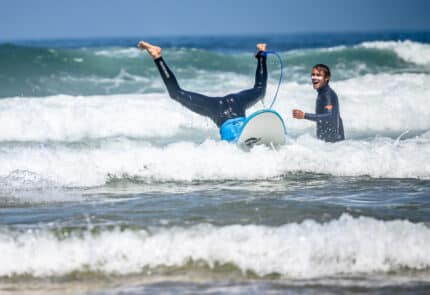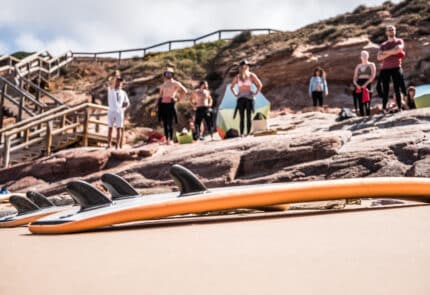The history of surf competitions

Since human beings are highly compatitive , we made a way to put surfing on the big scale of competitions and create a billion dollar industry out of it. In this article we guide you through the history of surf competitions.
As you might have heard already it all started in Hawaii!
The Native Hawaiians practiced surfing on large wooden planks shaped from the koa tree. This was first documented by Captain Cook in 1778 when he arrived on the Hawaiian Islands. He was the first Westerner to observe wave riding. Surfing was practiced by royalty and common people alike in Native Hawaiian society. Native Hawaiians used competitive surfing as a means to resolve conflicts and settle scores of wealth, pride and love.
Then in the modern era
people started to organize races for a more open crowd. Beginning in 1928 and running until 1941, the Pacific Coast Surf Riding Championships maintained a format that had surfers paddle racing out to the lineup, then turning and riding back to shore, the first board to touch the sand being declared the winner.
The very first surf competition took place in Corona del Mar, California on 16 July 1928, with competitors referred to as surfboard artists. Incredibly, boards were still up to 16-feet long and weighed a whopping 120 pounds.
It was American Tom Blake
who took the title and turned around the world’s theory that only Hawaiians had the skills and talent to master the art of surfboard riding. For this, he was named the founder of Californian surf culture and went on to invent several new boards and other surfing gear.
The first ever WSL tour was held in 1976 ,making it possible for the world’s best to compete by an official ranking system.
During the 90’s
the biggest champion of the sport emerged, Kelly Slater. He remains the youngest ever to become world champ at just 20 years old. Slater continues to dominate competitions globally and has even opened his own wave pool. He currently holds a mind-boggling 11 world titles.
But how can you judge a surfer anyway?
Surf competitions are made up of rounds and each round consists of multiple heats where, depending on location, two to four surfers compete at any given time, with each looking to lock in their two highest-scoring waves. A minimum of 50% of surfers in a heat advance to the next round.
Heats are typically between 20 and 30 minutes long. Scoring is based on a 10-point scale with a total of 20 possible points available in each heat. Performances are scored by a panel of five judges. To reach a competitor’s score for each wave, the highest and lowest scores from the judging panel are omitted and the three remaining scores are averaged. The two highest-scoring waves are added together to become the participant’s heat total.
Judges analyse the commitment, degree of difficulty, innovation, progression, combination, variety, speed, power and flow of all manoeuvres.
Performances are scored on the following scale:
- Poor wave ride: 0.0–1.9
- Fair wave ride: 2.0–3.9
- Average wave ride: 4.0–5.9
- Good wave ride: 6.0–7.9
- Excellent wave ride: 8.0–10.0
To make things even bigger
surfing also made it’s debut at the Olympics of Tokyo in 2020 and Italo Ferreira was announced the first olympic champion of the sport.
Surfing for sure did come a long way to arrive at the stage where it is right now.
We know about all kinds of competitions from shortboarding to longboarding through adaptive competitions and even the giant wave riders who are looking for the biggest waves possible. At the end the importance of surfing remains the same, be one with mother nature and enjoy the wave.
Source:
https://humankinetics.me/2019/02/12/history-of-surfing-and-how-to-win-a-competition/
https://www.theinertia.com/features/the-history-of-surf-contests/




